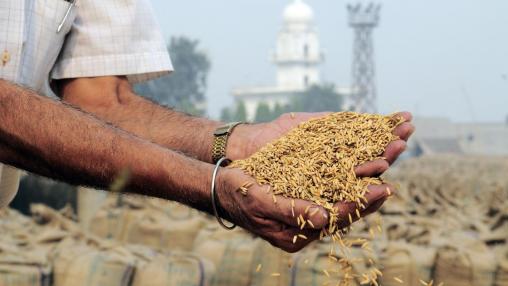
May WASDE Report Released
According to the May WASDE report , total global wheat production is projected at 737.8 million tons, the second highest total on record. Projections for global wheat consumption declined slightly this month, with increased food use being offset by reduced feed use. Global ending stocks are up from 2016-2017, at a record 258.3 million tons. U.S. ending stocks, on the other hand, are projected to decline 245 million bushels to 914 million, the lowest in three years.

Charting a New Path to Income Convergence
Developing countries made considerable gains during the 2000s, resulting in a large reduction in extreme poverty and a significant expansion of the middle class. More recently, that progress has slowed—and the prognosis is for more of the same, given an environment of lackluster global trade, a lack of jobs coupled with skills mismatches, greater income inequality, unprecedented population aging in richer countries, and youth bulges in the poorer ones. As a result, developing countries are unlikely to close the development gap anytime soon.
How countries can grow
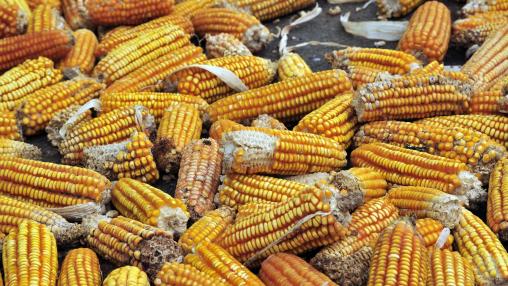
Global Wheat and Maize Prices Decline in April: Latest FAO FPMA Report
The FAO’s monthly report on food price trends was released last week. The bulletin reports on recent food price developments over the past month at the global, regional, and country levels, with a focus on developing countries, and provides early warnings for high country-level food prices that may negatively affect food security.
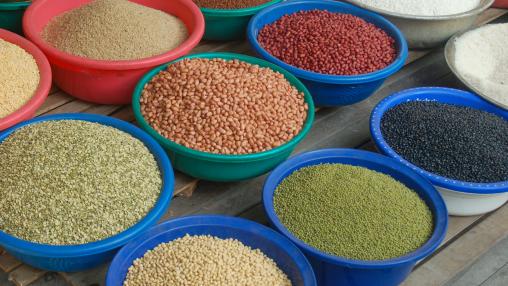
FAO Releases Latest Global Early Warning - Early Action Report
FAO recently released its latest Global Early Warning – Early Action (EWEA) report on food security and agriculture. The report is released quarterly, with this latest edition covering April-June 2017. The EWEA report provides an analytical summary of major disaster risks to food security and agriculture around the globe and aims to translate these forecasts and early warnings into action to mitigate or even prevent negative impacts on vulnerable populations.
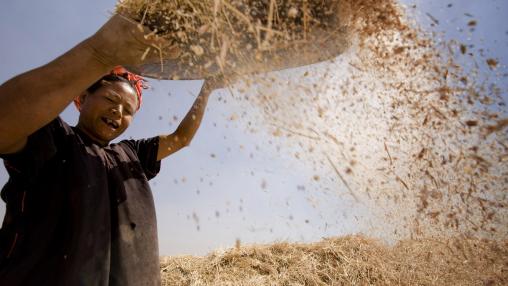
FAO Food Price Index Falls for Third Consecutive Month
The FAO Food Price Index continued its decline for the third month in a row, falling by 1.8 percent in April. The prices of all commodities covered by the Index declined in April, with the exception of meat; however, the Index remains 10 percent higher than its April 2016 level.

How the Media Impacts Food Prices
Food security and food prices are driven by a complex range of interacting factors, including weather, crop production levels, trade, and conflict. For several years, IFPRI has been studying whether and how another factor influences food prices: the media.
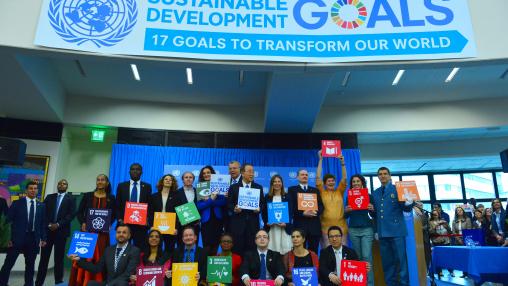
New World Bank Atlas Examines Progress Toward SDGs
The World Bank recently released its 2017 Atlas of Sustainable Development Goals , which tracks progress on global and country-level progress toward the 17 Sustainable Development Goals (SDGs) set forth by the UNDP in 2015. The atlas breaks down each of the 17 SDGs and uses maps and other data visualizations to illustrate trends, global-level and country-level analysis, and comparisons between countries.
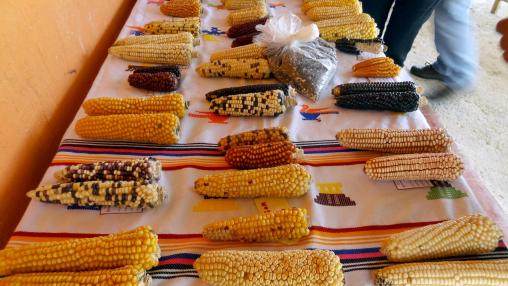
FAO Food Price Trend Report Released
The FAO’s monthly report on food price trends was released on April 10. The bulletin reports on recent food price developments over the past month at the global, regional, and country levels, with a focus on developing countries, and provides early warnings for high country-level food prices that may negatively affect food security.
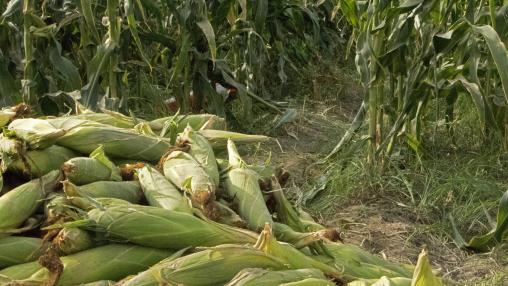
Latest FAO Food Price Index and AMIS Market Monitor Released
The FAO Food Price Index fell nearly five points in March, driven by drops in the indices for all commodities except meat. The March Index remained 20 points above its year-earlier level, however.
The Cereal Price Index fell 2.7 points in March and was essentially the same as its March 2016 level. Global cereal supplies remain plentiful, and overall production prospects are favorable for the coming season.
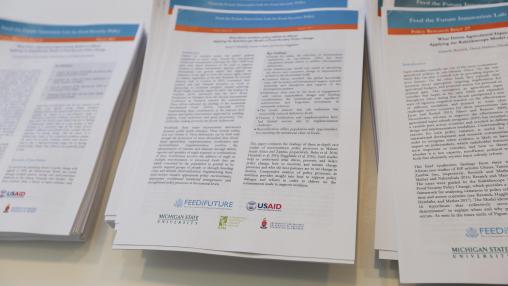
Urbanization a Main Theme in IFPRI's 2017 Global Food Policy Report
In 2016, for the first time in modern history, the number of people living in extreme poverty fell below 10 percent and the global rate of undernutrition was expected to fall below 11 percent, according to IFPRI’s newly released 2017 Global Food Policy Report (GFPR) .